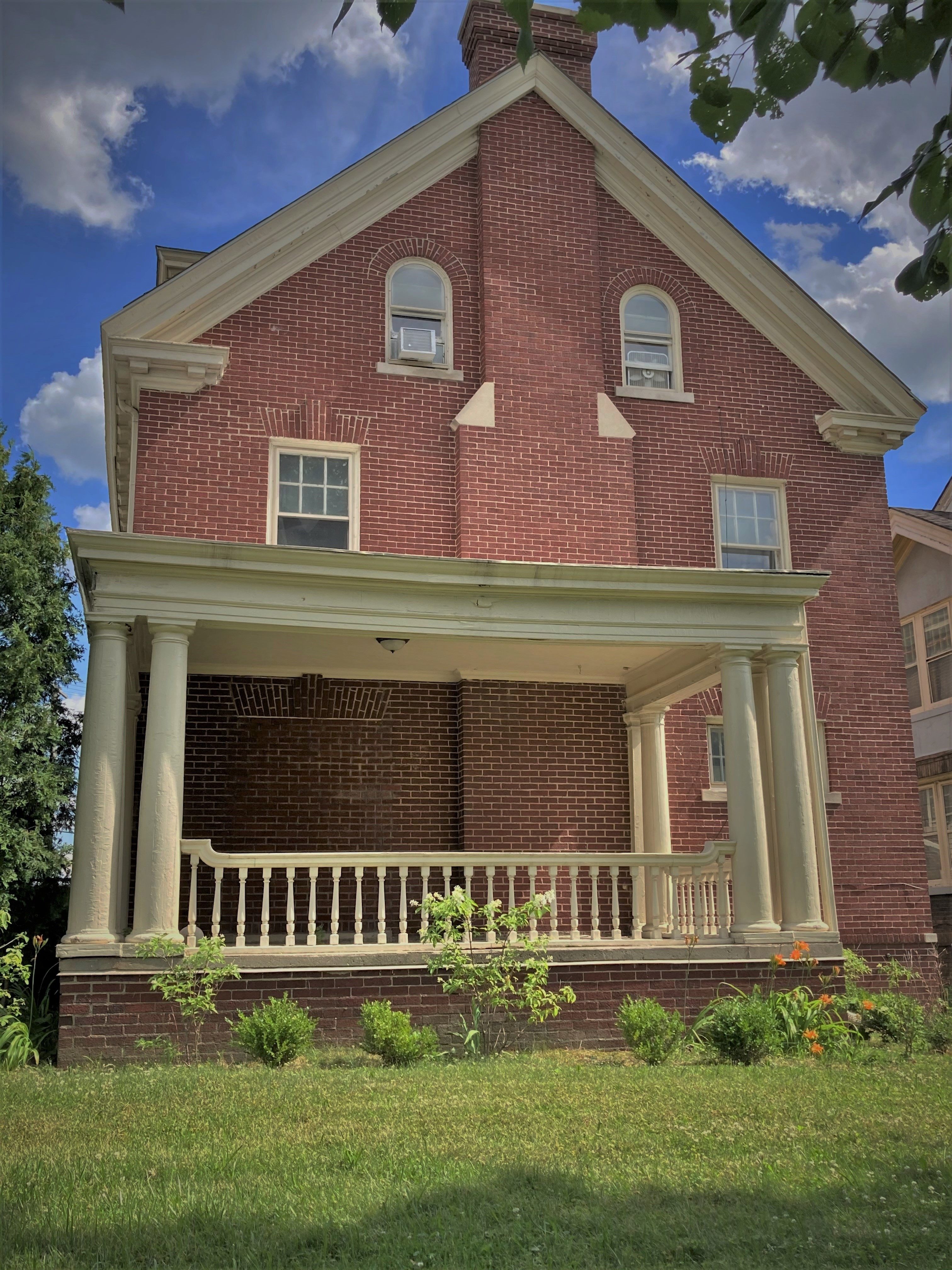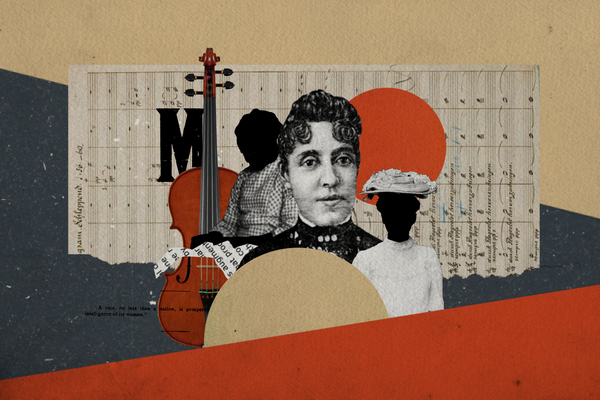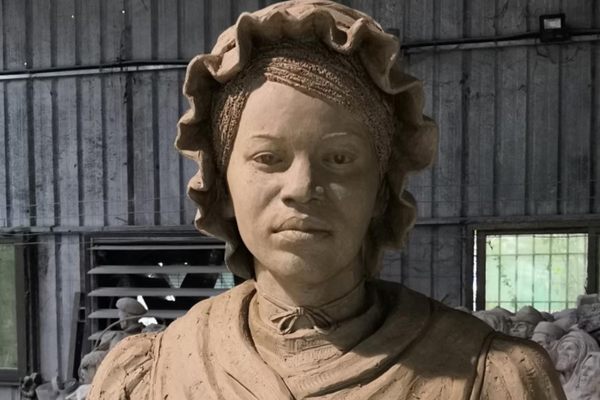The Black Woman Who Didn’t Just Open Doors—She Moved Them
Rosa Slade Gragg wouldn’t let a racist restrictive covenant stand in the way of the Detroit Association of Colored Women’s Clubs.
Rosa Slade Gragg wasn’t a woman to take no for an answer. So, in 1941, when neighborhood rules wouldn’t allow her to live in a house she wanted to buy in Midtown Detroit because of the color of her skin, Gragg found a creative solution. The organizer and activist had spent a lifetime opening doors previously closed to Black women. Now, she decided, she would just move the door.
Fourteen years before Rosa Parks refused to give up her seat and move to the back of a bus in Montgomery, Alabama, Gragg knocked on that particular door and made an offer to buy the house. No one can say for sure today if Gragg knew the rules she was flouting: neighborhood covenants forbade Black ownership or occupancy. But her initiative set in motion a series of inventive steps that allowed Gragg to purchase the house for the Detroit Association of Colored Women’s Clubs on this formerly all-white, middle-class block.
The three-story brick home for sale stood on Ferry Street, which stretched across several miles of the city, with houses becoming larger and more expensive as you went west. Rosa and her husband, James, a businessman, also lived on Ferry Street, but they lived one block east, in a growing Black community that had developed during the Great Migration.

“You would think the more Black people who showed up, that racism would wane, but exactly the opposite happened,” says Jamon Jordan, owner of Black Scroll Network Tours and official historian for the City of Detroit. Instead, the increasing Black population in the city fueled the fears of some white homeowners. “This led to an explosion of racially restrictive deeds” beginning in the 1920s with single owners and expanding to neighborhood associations, Jordan explains. These deeds, or covenants, excluded Black people from living in the neighborhood. And while Gragg’s section of Ferry Street didn’t have such covenants, it was known that not only couldn’t Black people buy houses further down the road, they shouldn’t even try to walk down the street in that area, say both Jordan and Ruth Mills, a historian at Quinn Evans, an architectural and planning firm.
By all accounts from both family and historians, Gragg was a calm and strong woman who was aware that her status as both a woman and person of color might, at best, not be taken seriously and, at worst, cause bigger trouble. Still, she wouldn’t have thought twice about walking up Ferry Street. In typical Rosa style, when she saw the for-sale sign she didn’t hesitate to inquire. Soon after, she made an offer of $25,000 to the white owner, William Lennane. Whether Lennane understood the covenants preventing the sale to a Black person is unknown, but the sale went through.
Unhappy neighbors complained to the city, says Mills, but what to do? Gragg had broken no laws. It was incumbent on the seller to know and follow the covenants. After taking a second mortgage on her own home and pawning some possessions to collect the $2,000 needed for a down payment, Gragg owned the house. (She later turned the deed over to the club.) This, in itself, wasn’t unprecedented. Black people who purchased homes with restricted covenants were legally allowed to own the properties, courts had found, but they couldn’t live in the houses. The ever-resourceful Gragg had a solution to that legal dilemma.

The house she now owned but could not live in stood at the corner of Ferry Street and Brush Street, and Brush Street did not have restrictive covenants. So, Gragg decided to relocate the building’s entrance. She had the entryway moved to the Brush Street side of the building, removed the address plate reading 326 East Ferry Street, and petitioned the city to change the address to 5461 Brush Street.
The city agreed, and the Detroit Association of Colored Women’s Clubs opened its headquarters in the building that was no longer, technically, on Ferry Street. The women’s club members were so inspired by Gragg’s tenacity that, by 1945, they’d paid the mortgage in full.
This would be just one of the impactful things Gragg would do both for women and African Americans. In 1941, Gragg, a well-educated and well-connected woman who counted both pioneering Black educator Mary McLeod Bethune and First Lady Eleanor Roosevelt as friends, was appointed to a volunteer position in the Office of Civil Defense. In 1947, Gragg opened the Slade Gragg Academy of Practical Arts in Detroit to help underserved communities, including women, veterans, and Blacks, learn vocations to help them be financially independent and improve their lives. And in the 1960s, she served on several government commissions addressing the needs of the underrepresented populations in both the Kennedy and Johnson administrations.

Recently, her granddaughter Lauren Gragg recalled a moment that helped her understand her grandmother’s legacy. In 1956, Rosa Gragg was named president of the National Association of Colored Women’s Clubs and led the charge to raise funds to restore Frederick Douglass’s home in Washington, DC. When Lauren visited the Frederick Douglass house during college in the 1980s, she saw a photo on display of her grandmother standing behind President Kennedy in the Oval Office as he signed a resolution to make the house a national historic site.
In Detroit, Gragg’s legacy can be seen at Ferry and Brush streets, where the building Gragg bought is still home to the club she championed. It is now called the Detroit Association of Women’s Clubs, and it continues to do valuable work to unite the community and help others improve their lives. On the northwest side of the building, there stands a porch with no entryway and the faint rectangle of discolored bricks where a door once opened on to a segregated block of Ferry Street. In 2019, that block was renamed Dr. Rosa L. Gragg Boulevard.



















Follow us on Twitter to get the latest on the world's hidden wonders.
Like us on Facebook to get the latest on the world's hidden wonders.
Follow us on Twitter Like us on Facebook